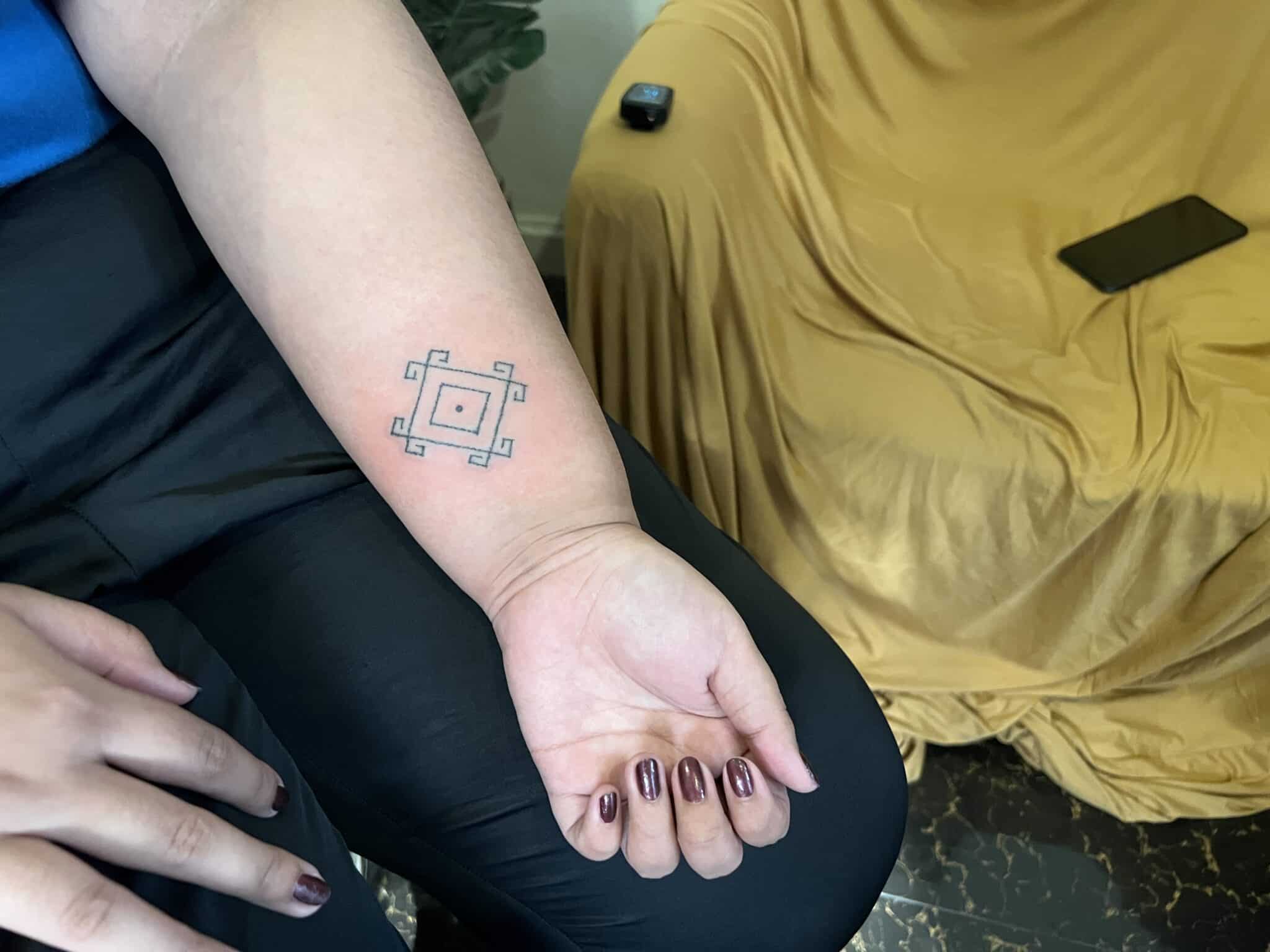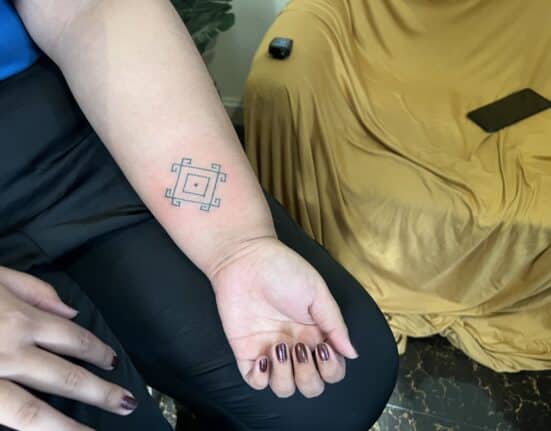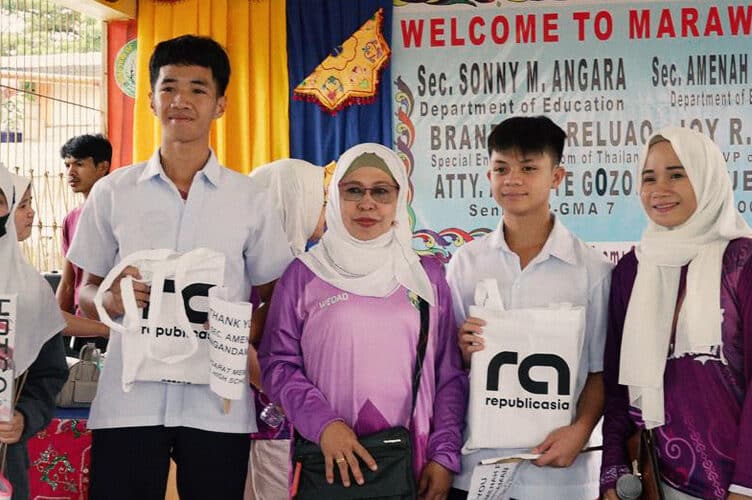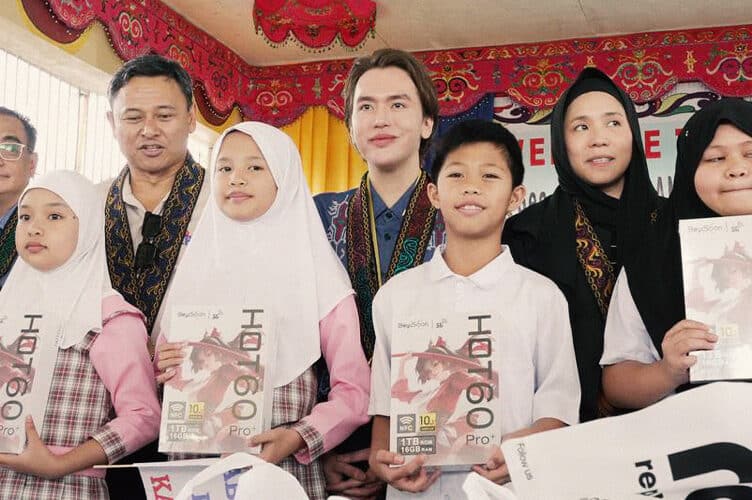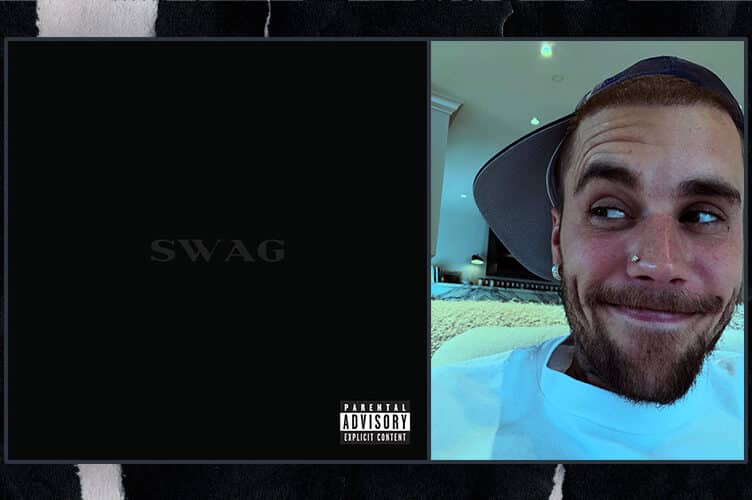TATTOOS have been around for thousands of years and have been used for a variety of purposes, including cultural and spiritual reasons, personal expression, and adornment.
It is a form of body art that is created by injecting ink into the dermis, the second layer of skin, using a needle. The ink is deposited into the skin’s cells and remains there permanently. Tattoo designs can range from simple, single-color designs to more complex, multi-colored pieces.
Tattoos have been used as a means of self-expression, with many people getting this body art to commemorate important events or people in their lives or to express their identity or beliefs.
This is the same for traditional tattoo art in the Philippines.
Pagbabatok, which originated with the Kalinga tribe in the northern Philippines, is a traditional Filipino art form of tattooing that has been passed down from generation to generation and is considered a sacred tradition.
While they hold a variety of cultural meanings, batok pieces help safeguard the Indigenous People’s (IP) heritage and identity.
Batok designs often feature intricate geometric patterns and symbols that have significant cultural and spiritual meanings. These patterns are also inspired by the shapes and forms of different natural resources and elements, such as mountains, animals, and heavenly bodies like the sun and moon.
Those who practice this traditional form of tattooing are also known as mambabatok. Aside from being batok practitioners, they also serve as culture bearers who are tasked with protecting and preserving their tribe’s identity.
SUGGESTED STORIES:
Pay It Forward: A Signal of Hope from the Heart of Ground Zero
IN MAY 2017, Marawi City descended into turmoil. Clashes broke.
Pay IT Forward Brings Digital Tools to Marawi Students
KEEPING in line with the order of President Ferdinand R..
Justin Bieber returns with ‘Swag’
CANADIAN singer Justin Bieber made a surprise comeback to the.
Meet Ammin, the mambabatok from Apo Whang-Od’s tribe
Twenty-five-year-old Ammin Acha-ur began her batok journey in 2016. She was just 19 when she first held the gisi, the bamboo stick to which the thorn or needle is attached, and pat-ik, a short stick used for hand-tapping.
Although she was a self-taught mambabatok, she was greatly influenced by Apo Whang-Od as they both belonged to the same tribe in Buscalan, Kalinga, called Butbut.

“Nagstart ako 2016, ano ako non mga 19 years old. So, sa community din ako natuto which is sa kapitbahay o mga friend ko lang din ako nagbabatok na directly talaga sa balat ng tao,” she told republicasia.
“[…] self-taught ako pero syempre hindi mawawala na ang laki ng influence namin kay Whang-od kasi sa Butbut tribe siya yung pinaka-natira sa generasyon nila na mangbabatok. Tapos, lumaki kami na sa kaniya namin nakita yung mismong process ng pambabatok.”
What is batok?
According to Acha-ur, the term batok came from the local term whato’, which describes the act of tapping two woods together.
This traditional tattoo art uses organic or natural elements to produce geometric tattoo designs, such as lemon thorn and pine wood soot. Meanwhile, the ink used for the batok is called using.
“Basically, ang pinaka material namin [ay] from nature na organic, na magsisimula yun sa needle, which yung ginagamit namin bilang needle ay Lemon thorn,” she said. “Saka ang ginagamit naming ink ay pinewood suit. Ito yung ash ng apoy na naiwan sa puwetan ng kaldero kapag nagluluto ka sa apoy.”
Batok also has various meanings, depending on who bears the tattoo design.
For men, batok pieces are often associated with heroism, while they are a symbol of beauty, fertility, and wealth for female “batok bearers.”
“When it comes to men, medyo sacred yung pambabatok kasi hindi lahat ng kalalakihan pwede magpanbatok. Yung ano mga warrior na nakapatay ng kalaban, which is hindi yun krimen, it’s a form of heroism,” said Acha-ur.
“Pagdating sa mga kababaihan ang pambabatok ay it’s a form of beauty, fertility, protection. Form din of wealth,” she added.
Common designs
As a batok practitioner who has imprinted thousands of batok pieces on her clients, Acha-ur said that one of the things that she learned from Whang-Od was to ensure the flawless engraving of the designs on the skin.
“Mostly ang binibilin ni Whang-od ang pagka-pulido ng trabaho,” the Gen Z mambabatok said.
“Mas chinecheck niya yung pagka-pulido nung linya. Yun naman ang pinakatinuturo ni Whang-od,” she added.
Acha-ur shared that the most common designs that clients often request include the moon and sun, traveler, fern, compass, and Scorpio designs.

In photo: Moon batok design | Courtesy: Guhitinta on Instagram

In photo: Sun batok design | Courtesy: Guhitinta on Instagram

In photo: Traveler batok design | Courtesy: Guhitinta on Instagram
Healing time
Compared to machine tattoos, batok pieces often require a longer time to heal. While the wound heals within the first five days, the skin would likely need a month to fully recover from the trauma induced by the multiple needle taps.
“‘Yung healing process ng batok ay mas matagal siya compare sa tattoo yung normal tattoo,” Acha-ur told republicasia.
“Depende rin sa skin type pero max of isang buwan pero in five days magheheal naman na yung sugat so magbabalat pa yan, magre-red pa, kakalat pa yung tinta tapos ayun hanggang sa unti-unti na siya magsubside sa balat ng tao within one month,” she added.
Preserving the heritage
While Acha-ur and most of the Butbut tribe members are happy with the popularization of batok pieces among the general public, they are also saddened by the fact that some of these “batok bearers” have a shallow understanding of the value and meaning of the traditional tattoo art.
“Masaya naman kami na nakikilala yung kultura, nakikilala yung pagbabatok, pero at the same time, nakakalungkot na hindi masyadong naintindihan din ng mga tao kung bakit namin ginagawa yung pagbabatok,” she said.
“Ginagawa lang siya or inaapreciate dahil sa kakaiba siya, first traditional siya… so medyo mababaw lang yung pagkakaintindi ng mga tao sa pagbabatok.”


Nevertheless, Acha-ur sees this dilemma as an opportunity to educate the general public’s perception of traditional tattoo art.
“[…] Kaming younger generation, ito [rin] yung chance namin para medyo baguhin yung pagtingin ng mga tao sa pagbabatok… It’s time narin para magbigay ng voice sa IP kung anong meron tayo,” the 25-year-old said.
She is also calling on her fellow Gen Zs to join the crusade to preserve Filipino culture and heritage, regardless of their ethnicity.
“Sa mga kapwa ko Gen Z syempre, when it comes to culture yun ang pinakamahalagang mapreserve naten kasi lahat naman tayo… IP ka man o hindi may mga kultura parin tayo na magaganda na, which is yun sana ang dapat naten ipreserve or yun yung dapat naten ipractice,” said Acha-ur.
She also underscored that one’s culture and identity are something that remain with them even after being passed from one generation to the next.
“‘Wag natin kalimutan yung kultura na meron siya kasi yun ang identity na magre-remain or magpapa bigay buhay sa kanya up until the next generation yun pa rin yung mga ipasa natin,” she added.
How useful was this post?
Click on a star to rate it!
Average rating 0 / 5. Vote count: 0
No votes so far! Be the first to rate this post.
We are sorry that this post was not useful for you!
Let us improve this post!
Tell us how we can improve this post?

